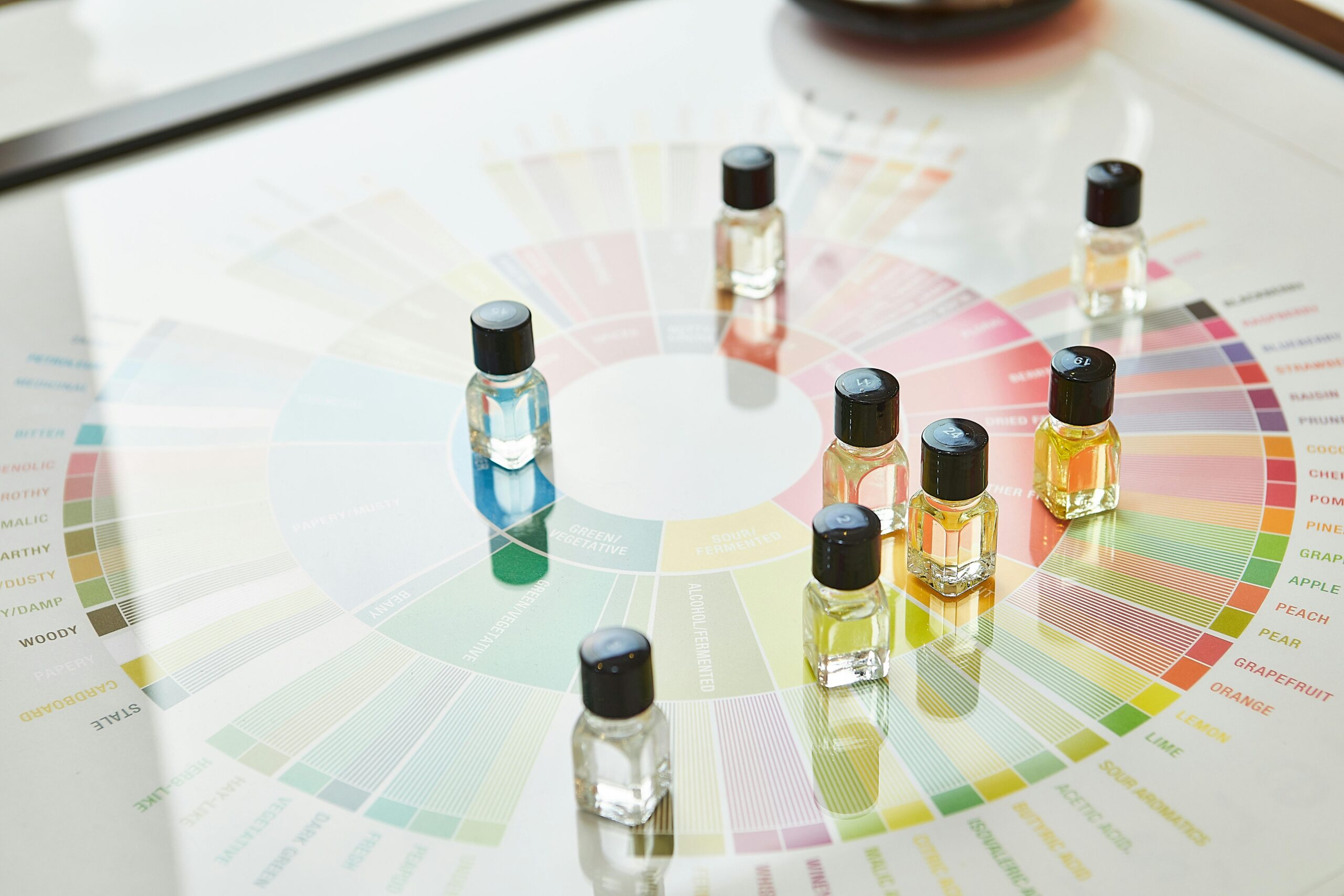Perfume is far more than just a pleasant smell—it is a language in itself. Across cultures, histories, and personal moments, fragrance communicates emotions, evokes memories, and even conveys personality traits without ever requiring spoken words. This is why many experts often refer to Perfume language as a unique, silent form of self-expression.
Just as words form sentences and stories, a fragrance builds its narrative through carefully structured layers, beginning with the perfume top note, unfolding into the heart, and finally settling into its deep base. Together, these notes speak volumes about who we are, how we feel, and how we want to be remembered.
In this article, we’ll dive deep into how perfumes act as a silent yet powerful language, decoding their structure, emotional resonance, cultural significance, and role in modern identity.
1. The Concept of Perfume as a Language
Every scent tells a story. Think of how a whiff of jasmine may remind you of a summer evening, or how sandalwood might instantly bring to mind a place of calm and meditation. This is Perfume language in action—silent cues that trigger responses, communicate feelings, and set the tone for experiences.
Unlike words, which are interpreted logically, fragrances bypass conscious thought and connect directly with memory and emotion centers in the brain. That’s why the scent of vanilla may comfort you, or citrus may energize you instantly. Perfume doesn’t need translation—it simply speaks.
2. Structure of a Fragrance: The Grammar of Perfume
Just like spoken languages have grammar, perfume has a structure. This structure is built on three key stages:
a) The Perfume Top Note: The Opening Statement
The perfume top note is the very first impression of a fragrance. It’s light, fleeting, and designed to catch attention immediately. Citrus, herbs, and fresh florals are common top notes. Though they evaporate quickly, they set the stage for the story to unfold.
Think of it as the greeting in a conversation—the way you first introduce yourself.
b) The Heart or Middle Note: The Storyline
Once the top fades, the heart note takes over. These are often floral, fruity, or spicy. They represent the true personality of the fragrance, lasting longer and shaping its identity.
If the top note is the opening line, the heart note is the main chapter of the book.
c) The Base Note: The Lasting Impression
Finally, the base note anchors the fragrance. These deep, rich scents—woods, musks, amber, vanilla—linger for hours and leave the longest-lasting impression. They are like the closing statement in a speech, remembered long after the conversation ends.
Together, these layers form a Perfume language of their own: top for attention, heart for character, base for memory.
3. How Perfumes Communicate Emotion
Perfume is tied directly to emotions. The brain’s olfactory system is closely connected to the limbic system, which governs feelings and memories. This is why perfumes can instantly shift moods, trigger nostalgia, or even build attraction.
- Joy & Freshness → Citrus top notes often spark happiness.
- Romance & Softness → Florals in the heart note, like rose or peony, communicate tenderness.
- Strength & Power → Woody and spicy bases project confidence.
- Comfort & Warmth → Vanilla or amber base notes evoke safety and coziness.
Thus, every bottle of perfume is like a silent poem, translating emotions into invisible words.
4. Perfume as Cultural Storytelling
Throughout history, perfume has played an important role in rituals, traditions, and cultural expressions. Egyptians used it in religious ceremonies, Persians in royal courts, and French aristocracy made it a symbol of sophistication.
Each culture shaped its Perfume language differently:
- In the Middle East, oud and amber represent luxury and tradition.
- In Europe, florals have historically symbolized elegance and romance.
- In Asia, green and tea-based fragrances reflect balance and serenity.
Perfumes thus act as cultural dialects within the broader language of scent.
5. Personality Through Perfume
Just as the words we choose reveal aspects of our personality, the scents we wear communicate who we are:
- A lover of perfume top notes with citrus and fresh herbs may come across as lively and energetic.
- Someone drawn to warm, spicy bases may project depth, sensuality, and mystery.
- Floral enthusiasts may be seen as romantic and expressive.
Perfume gives us the freedom to express identity in ways that words cannot. It whispers to others about our mood, personality, and even confidence level without us having to speak.
6. Perfume in Relationships: An Unspoken Dialogue
Perfume often acts as an unspoken bond between people. Lovers remember each other by scent, families pass down perfumes as heirlooms, and friendships are sometimes marked by shared fragrance experiences.
Studies even suggest that smell plays a role in attraction—certain scents align with personal chemistry, strengthening connections. This is a clear example of Perfume language shaping relationships in ways words never could.
7. Modern Marketing: How Brands Use Perfume Language
Today, the fragrance industry thrives on storytelling. Perfume ads rarely describe scents in technical terms; instead, they weave emotions, imagery, and lifestyles. Phrases like “freedom in a bottle” or “the essence of passion” are ways of extending the silent perfume language into marketing.
Perfume houses also highlight perfume top notes to attract attention—advertising fresh lemon, bergamot, or mandarin as a way to instantly connect with energy and freshness.
This proves how the structure of fragrance mirrors human communication: the opening grabs interest, the heart builds connection, and the base leaves the memory.
8. Wearing Perfume as a Daily Conversation
Every time you apply perfume, you’re choosing what message you want to send out to the world. A crisp citrus in the morning may say “I’m ready to take on the day.” A sensual amber at night may whisper “mystery and intimacy.”
Perfume is your invisible accessory, one that continues to communicate long after you’ve left the room.
9. Why Perfume Is More Than Just Fragrance
Perfume is not simply about smelling nice—it is about communication. It tells others how we feel, what we remember, and who we are. From the fleeting sparkle of the perfume top note to the deep embrace of the base, perfume is a language that never needs translation.
Just like a smile, a gesture, or a gaze, fragrance speaks without words.
Conclusion
The world of perfumery is much more than artistry—it is Perfume language, a silent yet powerful way of expressing identity, emotion, and culture. From the light touch of a perfume top note to the lasting depth of base notes, each fragrance carries a story, a mood, and a message.
Perfumes bypass the barriers of spoken communication, reaching directly into memory and emotion. They remind us of people we love, places we cherish, and moments that shaped us. In many ways, perfume is the most universal language of all—one that needs no translation, only inhalation.
So the next time you spritz your favorite fragrance, remember: you’re not just wearing a scent—you’re speaking a language.


